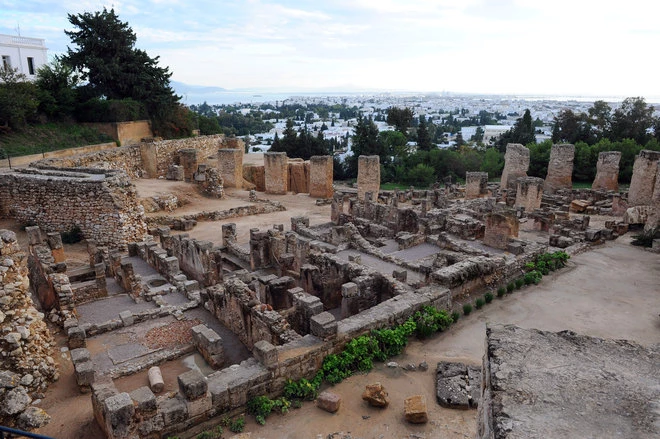UNESCO announced Monday it was adding the Tunisian resort island of Djerba to its list of World Heritage Sites because of its ancient ruins, whitewashed villages, mosques, churches and synagogues.
The United Nations cultural organisation took the decision in Saudi Arabia, during its 45th world heritage committee meeting.
"The committee meeting of UNESCO member states has just approved the inscription on the World Heritage List of the island of Djerba," the organisation's regional director for the Maghreb, Eric Falt, said.
Djerba covers an area of 514 square kilometres (198 square miles), and is the largest island off North Africa. It combines desert areas bordering the Mediterranean with agricultural land growing palm and olive trees.
UNESCO's website says "the distinctive human settlement of Djerba demonstrates the way local people adapted their lifestyle to the conditions of their water-scarce natural environment".
Djerba is considered to be the mythological island in Homer's "Odyssey" where Ulysses and his companions encounter the lotus eaters. It also featured in "Star Wars" as parts of the planet Tatooine.
Tunisia's culture ministry on Monday welcomed what it called the "final acceptance" of Djerba, saying the UNESCO decision "does justice to the joint efforts" of both the authorities and civil society.
UNESCO's Falt said there had been a "long and tortuous path" leading to Djerba's inscription as a World Heritage Site because of "seven areas of the island and 24 monuments".
The island has Carthaginian and Roman ruins and also traditional houses known as "houch", which have an interior courtyard and ingenious systems to collect rainwater.
Djerba is known for its religious diversity. It has churches, synagogues including the Ghriba, the oldest in Africa, and fortified mosques from the Ibadi school of Islam, some of which are underground.
It is "exceptional testimony to a unique settlement pattern and remarkable human adaptation down the centuries to the constraints of an environment marked by water scarcity and threats from the sea", Falt said.
He said the last time a site in Tunisia was included on the UNESCO world heritage list was the Dougga archaeological site in 1997.
Nine Tunisian sites are now on the UNESCO World Heritage list, including the old towns -- or medinas -- of Tunis and Sousse, the town of Kairouan, Carthage and the El Jem amphitheatre.
Djerba remains a top tourist destination in Tunisia, despite a policeman shooting dead five people in May during the annual Jewish pilgrimage to the Ghriba synagogue.


